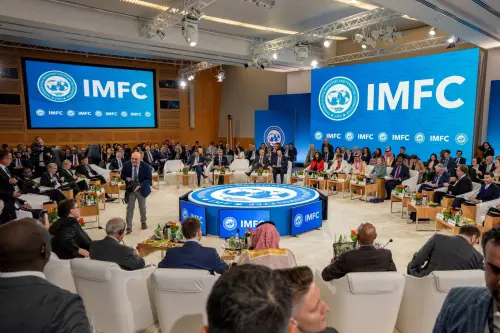INTRODUCTION
“To expect that the Chinese Communist Party can pursue democratic reforms and clean up corruption is akin to asking a doctor to perform surgery on his or her own body.” This piercing observation, popular among domestic and foreign critics of the Chinese regime, highlights the inherent limitations of a one-party political system’s ability to solve such internal problems as corruption. To a great extent, this viewpoint also reflects the deeprooted cynicism of China-watchers in the West regarding the Chinese leadership’s proposed “intra-Party democracy” (dangnei minzhu). With a few notable exceptions, Western scholars generally consider the concept to be little more than expedient Chinese political rhetoric, and are therefore hesitant to ascribe to it any measure of significance. In the minds of most Western scholars, multi-party competition is a bedrock feature of democracy and the Chinese leadership shows no sign of moving in that direction. These critics are right to point out that CCP leaders are striving to bolster, rather than to undermine, one-party rule, but to assume from this that intra-Party democracy is simply a hollow rhetorical formulation risks overlooking dynamic and potentially far-reaching changes within the CCP. Most importantly, the system has undergone a transition from a monolithic Party apparatus led by a single strong leader (Mao and then Deng) to a diverse system of collective leadership in which rival factions compete for power, influence, and policy sway.
In recent years, both the Chinese authorities and the state-run media have frequently used the term “intra-Party democracy” to describe the concept of institutionalized checks and balances within the CCP. Most recently, in September 2009, the Fourth Plenary Session of the 17th Central Committee of the Chinese Communist Party called for promoting democracy within the Party and intensifying the anticorruption drive within the leadership. According to the directives adopted at the meeting, many problems internal to the Party are exacerbated by new domestic and international circumstances and “are severely weakening the Party’s creativity, unity and effectiveness in dealing with these problems.” Therefore, careful management of the Party “has never been so arduous and urgent.” The directives particularly stress the importance of intra-Party democracy, describing it as the “lifeblood of the Party” (dang de shengming).
The Chinese leadership’s official position on the importance of intra-Party democracy could not be any stronger. The concept’s newfound preeminence raises a number of crucial questions regarding China’s political development: What are the main factors that drove the CCP leadership to elevate intra-Party democracy to such a prominent level? Are there competing factions of Chinese leaders and public intellectuals with differing views on the concept? What exactly does intra-Party democracy entail? Could new dynamics of factional competition change the nature of Chinese elite politics and eventually trigger a more fundamental transformation of the Chinese political system? Most broadly, should the outside world take this Chinese notion of intra-Party democracy seriously? In order to understand the immediate impetus and potential implications of intra-Party democracy, we must closely examine the Chinese debates over the concept and consider the obstacles standing in the way of its implementation.



